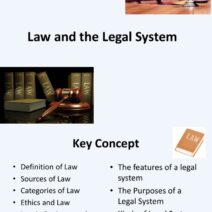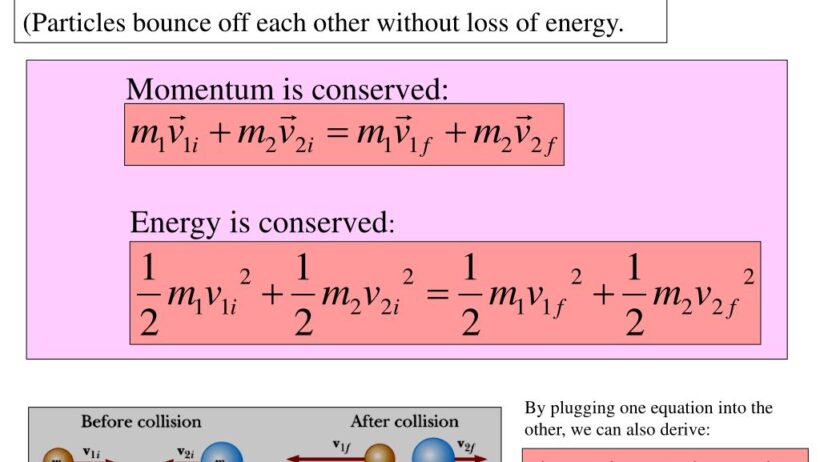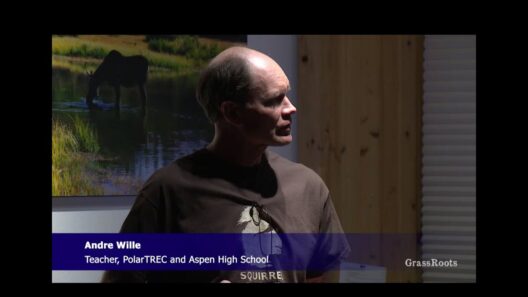Understanding mechanical energy conservation is critical in physics and engineering, particularly when assessing systems in motion. The conservation of mechanical energy principle states that the total mechanical energy (kinetic plus potential) in an isolated system remains constant if only conservative forces are acting on it. This principle can sometimes be intricate based on various factors, and determining whether mechanical energy is conserved involves a methodical approach. Below is a comprehensive guide on how to assess the conservation of mechanical energy in a practical context.
1. Understanding Mechanical Energy
Mechanical energy can be categorized into two fundamental types: kinetic energy (KE) and potential energy (PE). Kinetic energy is the energy possessed by an object due to its motion, whereas potential energy is stored energy based on an object’s position or configuration. For instance, gravitational potential energy is contingent upon an object’s height and is calculated using the formula PE = mgh, where “m” stands for mass, “g” denotes the acceleration due to gravity, and “h” represents height above a reference point. In contrast, kinetic energy is determined with the equation KE = 0.5mv², where “m” is mass and “v” refers to velocity.
2. Conditions for Conservation
Mechanical energy conservation is strictly valid under certain conditions. An ideal system must exclude non-conservative forces, such as friction or air resistance, which dissipate mechanical energy, transforming it into thermal energy or sound. Thus, it’s pivotal to establish whether these forces are negligible in the assessment. In cases where non-conservative forces exist, mechanical energy may not be conserved, requiring alternative approaches to analyze energy transfers.
3. Identifying a System
To evaluate whether mechanical energy is conserved, the first step is to define the system of interest. Clearly delineating what is included in the system helps facilitate calculations and minimize extraneous influences. For instance, consider a pendulum swinging in a vacuum: the pendulum itself can be the system, whereas outside forces (like air resistance) are not included. This delineation of the system serves as the foundational step in observing energy transformations.
4. Conducting Observations
The next step involves meticulous observation and data collection. The key variables to measure include the height and velocity of the object at different instances. For a rolling ball, gauging the height from a reference point and employing timing mechanisms to determine velocity would be essential. Employ instruments like photogates or motion sensors to acquire accurate measurements, ensuring statistical reliability in your results.
5. Calculating Energies
With your measurements at hand, calculate the total mechanical energy at different stages of the object’s motion. Using the identified heights and velocities, apply the equations for kinetic and potential energy. If analyzing a simple pendulum, for instance, calculate PE at the highest point of the swing where KE is minimal, and vice versa at the lowest point where KE peaks. These calculations will form the crux of your analysis, allowing for a comparative assessment.
6. Comparing Total Energy
Once energy calculations have been completed through various points in the object’s trajectory, sum the kinetic and potential energies to derive the total mechanical energy for each data point. For the principle of conservation of mechanical energy to hold, the total energy measured should remain constant across the different stages of motion under ideal conditions. Discrepancies in these values may indicate the presence of non-conservative forces or measurement errors.
7. Analyzing External Influences
In the investigation of mechanical energy, it becomes essential to account for any potential external influences. If the system interacts with an environment involving friction or other resistive forces, acknowledging these elements will provide deeper insights into energy transformations. In many practical situations, eliminating external factors may be impractical, necessitating adjustments in the expected outcomes of mechanical energy conservation.
8. Exploring Real-Life Applications
Understanding mechanical energy conservation has profound implications in real-world applications. In automotive engineering, for instance, analyzing energy transfers can lead to enhanced vehicle design promoting fuel efficiency, safety, and comfort. Similarly, in renewable energy systems, such as wind or hydropower, mechanical energy principles govern the operations of turbines and generators, driving advancements in sustainable energy technology.
9. Drawbacks and Limitations
Despite the elegance of the conservation of mechanical energy principle, limitations exist. Real-world systems invariably involve complexities unattainable in theoretical constructs. For instance, energy losses due to thermal dissipation can complicate scenarios such as mechanical systems with gear trains. Therefore, it’s pertinent to approach each systems’ evaluation with a critical mindset, weighing assumptions against observable phenomena.
10. Conclusion
Finding out whether mechanical energy is conserved is not merely an academic exercise but has palpable implications in advancing scientific understanding and technological innovation. By comprehensively evaluating mechanical energy through definition, observation, measurement, and analysis with awareness of external factors, one can ascertain the conservation principles at play. Such insights are indispensable in refining practical applications, ultimately contributing to advancements in fields ranging from engineering to environmental technology.








